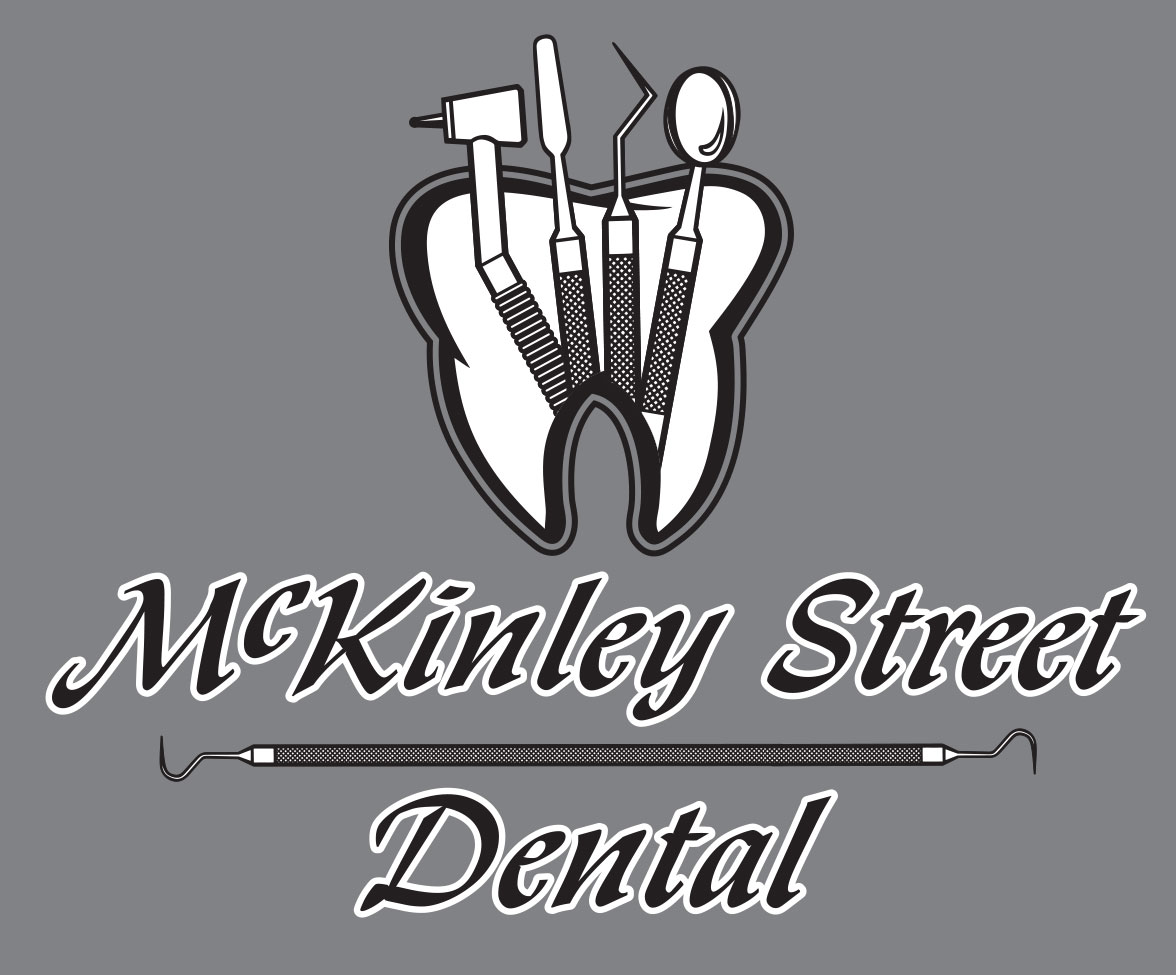Crowns / Bridges
Those of us who live in and around Casper enjoy an outstanding food culture. Strong Mexican, Asian, and other transnational influences bring great taste diversity to our tables. We certainly cannot ignore our bountiful seafood and homegrown wood-fired pizza, either! All of these delicacies keep the teeth of Casper residents busy. Sometimes, during visits to the dentist, we hear about crowns. Here is some information about crowns, and why they are an important part of dentistry.
What Are Crowns?
Crowns cover the visible area of a severely decayed tooth. After part of the damaged tooth is removed, a crown is securely placed over the remainder of the tooth so it covers the area above the gum line. Also known as caps, crowns are created when a thin coating of ceramic is placed on a metal or porcelain base. Some crowns created for rear teeth may have gold as their metal.
Why Are They Necessary?
Dentists recommend crowns after evaluating the condition of a patient’s teeth during an examination. Beyond cosmetic procedures to make a tooth look more attractive, crowns may replace a filling that is defective or deteriorating. Crowns may encase a tooth that has suffered so much that a filling cannot repair it. They also offer support for bridges that close gaps caused by missing teeth. In some cases, crowns are recommended after root canals for teeth that have extensive damage on the root below the gum line.
What Does the Procedure Involve?
The procedure to implant a crown usually takes two or more visits. When a patient visits the dental office for a cleaning and x-rays, the dentist and other members of the treatment team look for signs of damage or deterioration. Options are considered. Crowns require that part of the tooth’s foundation remain intact to serve as an anchor.
The dentist removes any decay and takes an impression of the area during the first visit. The dentist will numb the area first. In most cases, the impression will be used to create a temporary crown and a permanent crown that will be installed during a follow-up visit. After inserting the permanent crown, the dentist will make sure that it is properly aligned. The dentist may polish or slightly alter the shape of the crown so that it duplicates the bite pattern of the original tooth.
Are There Risks?
Any medical or dental procedure requires caution. Those with certain heart problems or susceptibilities may have to take antibiotics before the procedure. Contact the dental office immediately if you have extensive pain after any of the sessions, if your temporary crown falls out, or if your permanent crown seems out of place or causes discomfort. Over a period of time, crowns may become loose or wear down. In some circumstances, they may need to be re-cemented or replaced.
We Can Answer Your Questions
Crowns are an effective way to protect and prolong the use of your teeth. The dentists and professionals at McKinley St. Dental look forward to discussing crowns and other dental procedures that enhance your smile and health. Contact us today.





